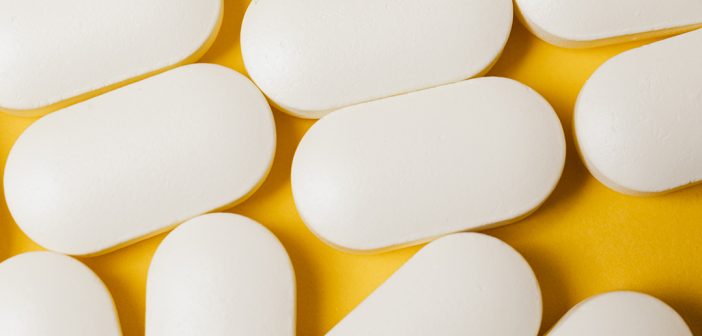Despite manufacturer claims, rebates and discounts don’t keep pace with escalating prices.
As sticker prices of prescription drugs soared in recent years, pharmaceutical companies claimed those increases were buffered by greater manufacturer rebates. But a study in JAMA Network Open suggests the discounts haven’t been enough to take the sting out of rising costs.
Over seven years, the researchers found the list prices of several commonly used drugs in their study more than doubled, while rebates and discounts, though larger, took only a modest bite out of the increase in payments by patients and insurers. In absolute terms, they paid over 50 percent more for the same medications than they had at the beginning of the study period.
The more patients must pay for medications, the less likely they are to take them as prescribed, says the study’s lead author, Eric Yang RES’23, MD.
“This is something we [physicians]encounter every single day,” says Yang, adermatology resident. “It creates a roadblock in developing a therapeutic relationship. When you prescribe a medication
and the patient shows up to the pharmacy and it costs $300, they think their physician is not on their side.”
To save money, the patient may take the drug less often than they should, or not fill their prescription at all, which can have long-term adverse consequences. “[The condition] becomes way worse and it’s way harder to treat—and it costs way more,” he says.
Yang and his co-authors analyzed pharmacy claims from 1.8 million enrollees for 14 of the 25 prescription drugs that accounted for the most in US spending from 2010 to 2016.
The studied drugs treat conditions from acid reflux and diabetes to Crohn’s disease and HIV; during the study period, they accounted for $13 billion in spending—6.6 percent of total drug spending by the health plans in the researchers’ database.
The study excluded medications that did not have patent protection, as increased market competition created by generic drugs typically drives down prices. Nor did it include claims to government-funded programs like Medicaid and Medicare, which negotiate different pharmaceutical reimbursements.
The researchers report that, over the course of the seven-year study period, manufacturer discounts and rebates did rise—but not enough to offset skyrocketing drug costs. As a percentage of list price, discounts went up to 21 percent from 17 percent, while rebates increased to 24 percent from 22 percent.
Yet during that time, the sticker prices of the medications shot up 129 percent, while insurer payments increased 64 percent and patient payments grew by 53 percent.
“The increased costs of these medications far outpace inflation or the increase in wages that workers have been able to get. That means that drugs have become much more unaffordable to both patients and payers,” Yang says. The authors adjusted prices for general inflation over the seven-year period, and note that during that time median household income only rose 8.6 percent.
Yang points out that insurance companies don’t typically absorb extra costs—instead they often pass them along to consumers as higher premiums and copays. Though the authors did not calculate those indirect costs to patients, Yang says that when combined with the drugs’ rising sticker prices, “the cost burden on patients has become substantially more.”
By accounting for discounts and rebates to understand who is paying for what, Yang says, he hopes their paper offers “more price transparency.” For health policymakers, he adds, their findings might serve as “a little bit of ammunition” they can use to challenge pharmaceutical companies that argue that greater rebates and discounts shield consumers and insurers from rising costs.
“As physicians we do have a duty to address these issues for patients,” Yang says. He says working together with the pharmaceutical industry on prescription drug costs would benefit the manufacturers as well: “It does them no good to create these medications that are unaffordable for patients and that patients can’t use.”




